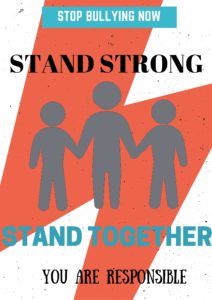“First, like myth, news offers the steady repetition of stories, the rhythmic recurrence of themes and events” Jack Lule writes in his essay News as Myth (104). What I would like to focus on however is one particular narrative that is told again and again in relation to families or rather families with transgender or gender-queer members. Now most news outlets have only recently begun to report on transgender issues and so far, to my knowledge, gender-queer is not even a term that has had any exposure within the news. News stories regarding trans individuals are also limited to either hate crimes or overcoming enormous odds. It is limited even further when you only consider news stories with the focus on families that in a trans individual. These stories follow the same narrative format of a family with a child who is either in preschool or up to possibly high school having to overcome great odds in our culture raising aforementioned child. Now this story is told, with great effect, to gain support and understanding from citizens especially those who have been hateful or apathetic to the ideology of gender questioning. Its popularity is also due, I think, to presenting the trans child as “safe” and “nonthreatening” to the powers that be.
This trend can be clearly seen in a news article from the Kansas City Star titled ‘I am a girl’: Transgender children face a society slow to accept them. Eric Adler crafts this article by weaving the story of 6 year-old A.J. and her and her family’s experience of her coming to terms with her gender identity while providing thought provoking statistics of transgender individuals and how society reacts to transgenders as a whole. A.J. is used as a symbol for all transgender children facing stigmatization from society. The article goes into how she had felt like she was living a double life as a boy and how her parents coped with the revelation of her gender identity and their ostracization[1] from the community because of it. The article however only focuses on strict gender identity issues as it pertains to the current gender binary. Lule states that news “support[s] the social order and sustain[s] the current state of things” (107). By focusing solely on the binary nature of gender there is the exclusion of any other kind of gender identity and it supports the prevalent notion in our society that there are only two genders. Further, by only publishing transgender family narratives that center around transgendered children there is the inherent exclusion of other transgender family members.
There are no narratives, to my knowledge, of a positive narrative of family in which a parent is transgendered. If a transgendered parent is mentioned at all in the news the narrative is one of tragedy. Our culture has only recently been portraying family units with two dads or two moms and, while this is a step forward, these narratives are still within the framework of the pervasive gender binary. Apparently our mainstream culture cannot conceive of a happy family unit where an adult muddles with our notions of gender.
I do feel that the struggles of transgender children and their families have great value and need to be told, however it is also wise to consider how there is only a single narrative that is provided again and again to the public in regards to families with trans members. While these stories may be positive they are also limiting due to the nature of their singularity.
[1] On google there are various sources that says this is a correct term however Microsoft Word says otherwise. If this is an incorrect term or wrong usage I apologize.
(also I thought I posted this earlier but apparently I didn’t!)


Recent Comments